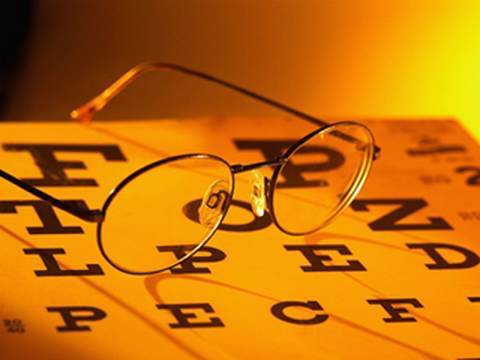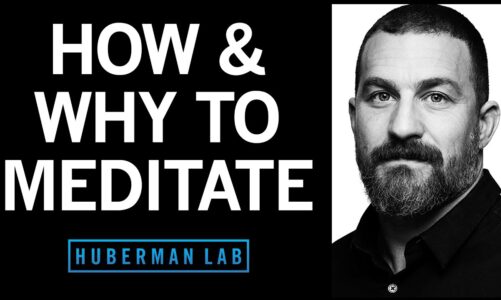FORA.tv
Complete video at: http://fora.tv/2009/06/24/Seeing_Myself_See_The_Ecology_of_Mind
R. Beau Lotto, head of Lottolab Studio in London, explains that the human eye is not capable of seeing actual objects, only light reflecting off of those objects. “The patterns of light that fall onto your eye are meaningless because they could mean anything,” he explains.
—–
To understand the human mind it is necessary to understand what we actually see when we open our eyes. Color suggests an answer to this question: we see not the world as it is, but a world that was useful to see in the past.
Beau Lotto performs a series of experiments involving the sky, music and bumblebees that show how quickly the brain can learn to see what is useful, and demonstrate that our perception and conception of the world reflects our past physical, social and cultural interactions.
These optical and color experiments illustrate that none of us is an outside observer of nature defined by our essential properties, but is instead defined by our interactions with nature.
Join RSA to experience how color, vision and “seeing ourselves see” can contribute to a richer, more empathetic view of nature and human nature. – The RSA
R. Beau Lotto is the head of Lottolab Studio, which creates installations, musical performances and educational programs, and performs carefully controlled experiments on the perception and behavior of humans, bumblebees and evolved artificial life systems in laboratory and public realms.
Source




I had a theory that the brain creates a small world inside your head based on what your seeing, so your looking at the small world which is why you don't see some things and why dreams and hallucinations seem real. So the conscious mind needs the small world to understand it's surrounding, like a part of the mind it lives in.
That's Beau. Constantly changing perception.
Never seen a lecturer with a low cut pyjama top before !
Then what he is saying is subjective as well.
what is happening
@tmccart I think it's light our eye's pick up the waves that causes you to see colour and your scens's pick up what you have been told is assosiated to that image and as we know light is all around us thats why we have night and day and so on.
so what exactly is omitting these wavelengths? I am some what comprehensive of eyes decoding reflections..but what is distributing these frequencies?
yes you are right I was actually trying to add another point that he really did not discuss.. I am so proud of myself, LOL
I know what you were discussing, you were discussing purple which, as I mentioned, technically refers to those colors obtained by mixing red and blue/violet wavelengths, so do not correspond to just one particular wavelength. All this info is readily available, for instance in the Wikipedia article on either purple or spectral color, along with the pictures you so futilely demand we produce in a text only environment.
There is a difference between color (in general) and and the specific colors which correspond to wavelengths of light. The difference between the two is the non-spectral colors, of which purple (in its technical sense) is one. Since purple is also used a generic term for purple+violet, I'll give you another example:
white
duh.
Which is not to agree with the idea that a color doesn't exist just because it doesn't correspond to one particular wavelength of light.
Excellent analogy.
reality is a mystery…way stranger than anything we can imagine, i love this stuff
you see information, everything your brain encounters, sight, smell, touch, etc is just information and your computer interprets them and uses your software, like culture and your previous experiences to inrepret the situation etc.
Yes even what we believe as good or true is open for interpretation, obviously.
Each one of us has our own perception of things. thanks
another example would be when the spanish ships approached the coasts of mexico, they could not see the ships because their brain had nothing to match the images against in their known world. If effect, they could not see a galleon that was on the horizon until the shaman told them what was appearing on the horizon and describing it to them. These shamans developed the image matches from the shamanic visions they encounter thier trances and in their other states of consciousness.
No, his point is that we don't actually SEE anything. Or, rather, everything we see, we interpret. Which means even what you see with your own eyes is subjective, and prone to bias.
The point is that there are other things to see that are right in front of you that you cannot perceive, but just because you can't see them does not mean they are not there. ie: other dimensions, ghosts, ufo's entities, even other colors such as infrared. We know infared exists but we cannot see it, get it????
this talk was pretty pointless. why is it surprising to some people that any of this is the case? isn't all that obvious?
He's got a great name!
Beau Lotto!
Saw him on TedTalks…
Interesting, but lack of practical examples, which probably explains Bilpayne's «Who cares» comment.